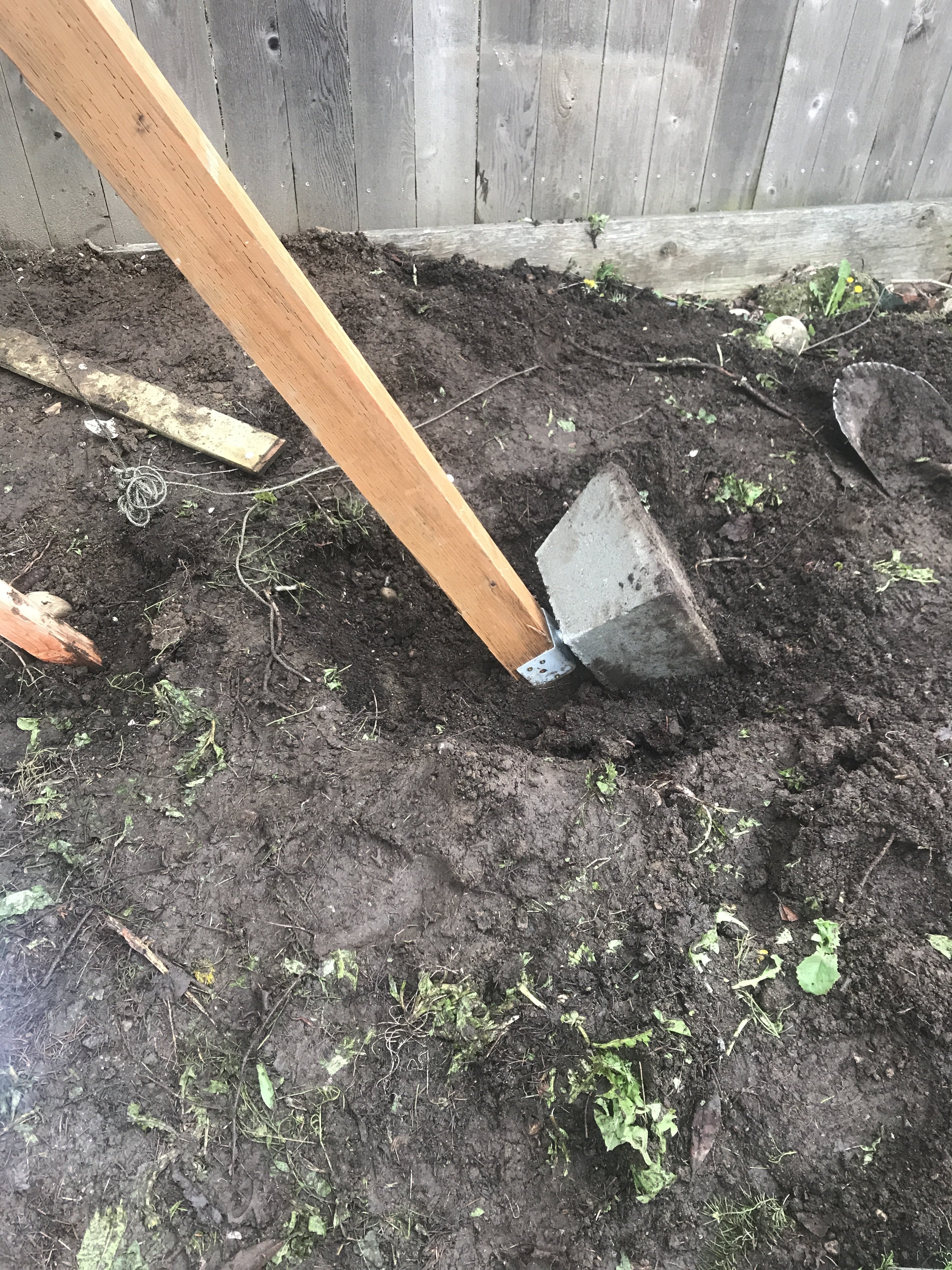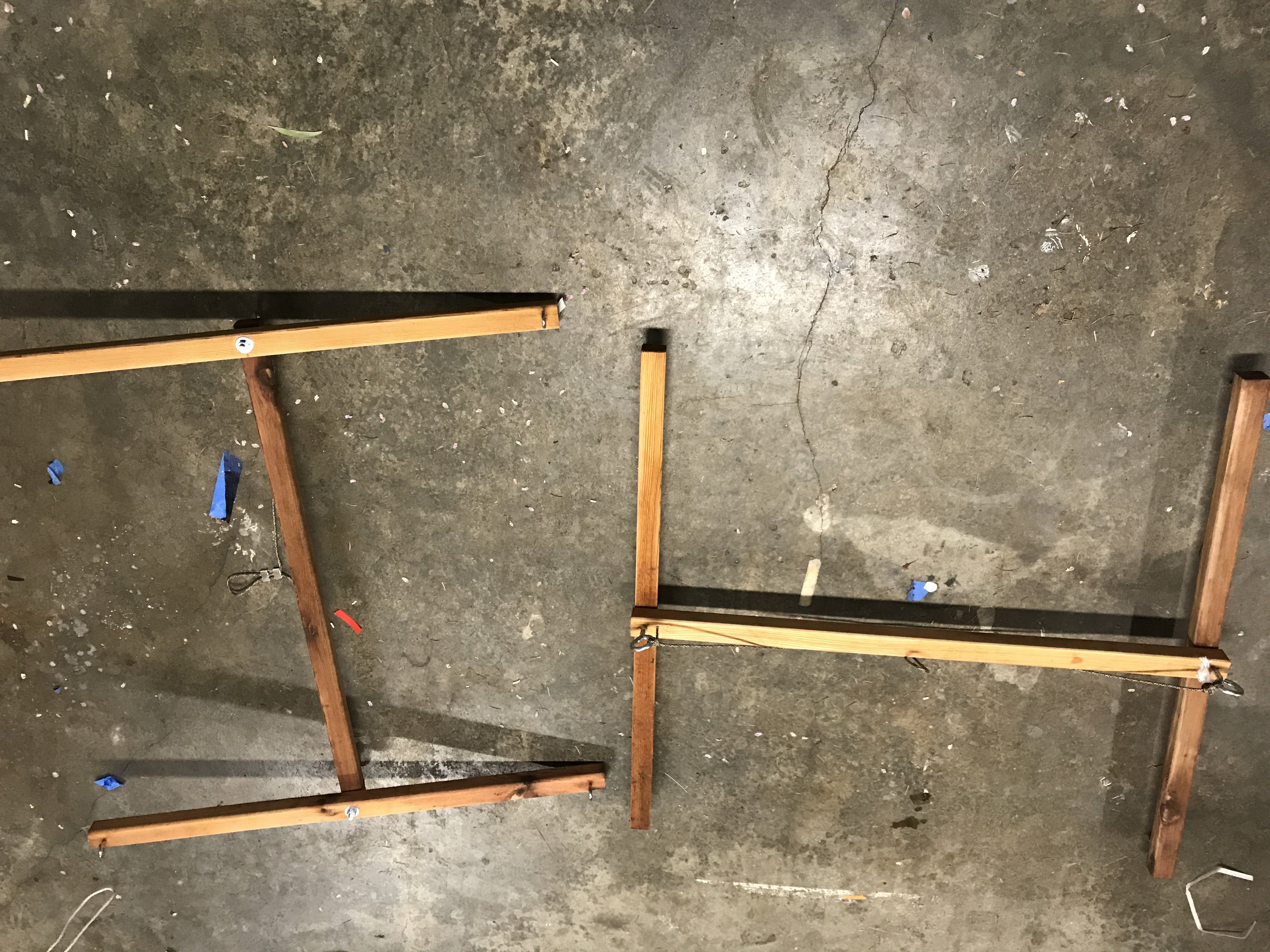Looking at building a hop trellis. I want it to be a "T" shape with at least 16 ft sticking out of the ground. I'm thinking I can get a 20 ft post and bury it 4 ft deep.
My questions are as follows...
1. How do you secure it in the ground? Do I need concrete? Do I did the hole, put the post in, and fill it with concrete?
2. How do I keep it level and straight?
Thanks.
My questions are as follows...
1. How do you secure it in the ground? Do I need concrete? Do I did the hole, put the post in, and fill it with concrete?
2. How do I keep it level and straight?
Thanks.














